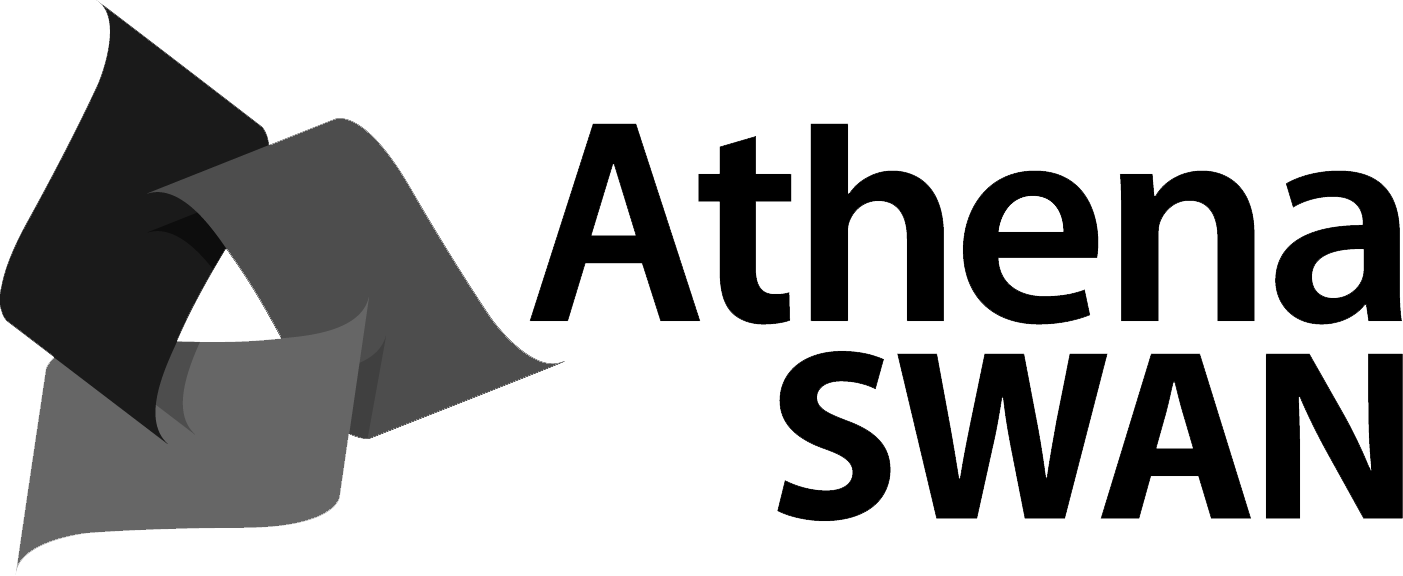This Unit explores the sculpture, built environment (architecture, wall-painting, mosaics), and pottery of Greece and Rome across a 1, 000 year period between 750BC and the 3rd century AD. Hands-on tutorials in the Chau Chak Wing Museum provide students with the wonderful opportunity to handle and work directly with ancient Greek and Roman artefacts in the University's collection.
Unit details and rules
| Academic unit | Archaeology |
|---|---|
| Credit points | 6 |
| Prerequisites
?
|
12 credit points at 1000 level of Archaeology or 12 credit points at 1000 level of Ancient History or 6 credit points at 1000 level of Archaeology and 6 credit points 1000 level of Ancient History or ARHT1001 plus 6 credit points at 1000 level of Archaeology or Ancient History |
| Corequisites
?
|
None |
|
Prohibitions
?
|
None |
| Assumed knowledge
?
|
None |
| Available to study abroad and exchange students | Yes |
Teaching staff
| Coordinator | Lesley Beaumont, lesley.beaumont@sydney.edu.au |
|---|---|
| Lecturer(s) | Hugh Thomas, hugh.thomas@sydney.edu.au |





